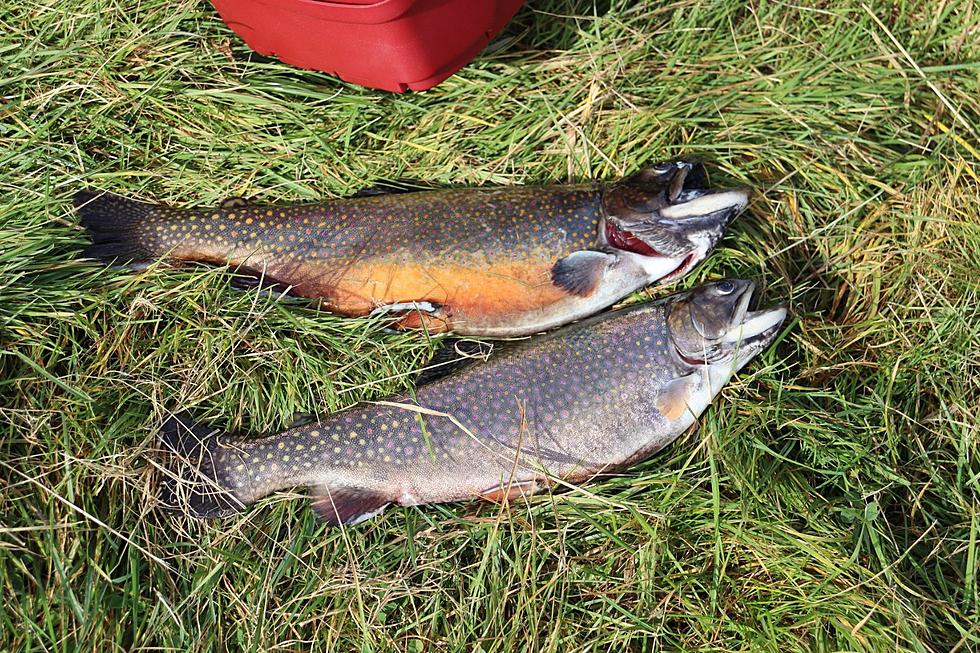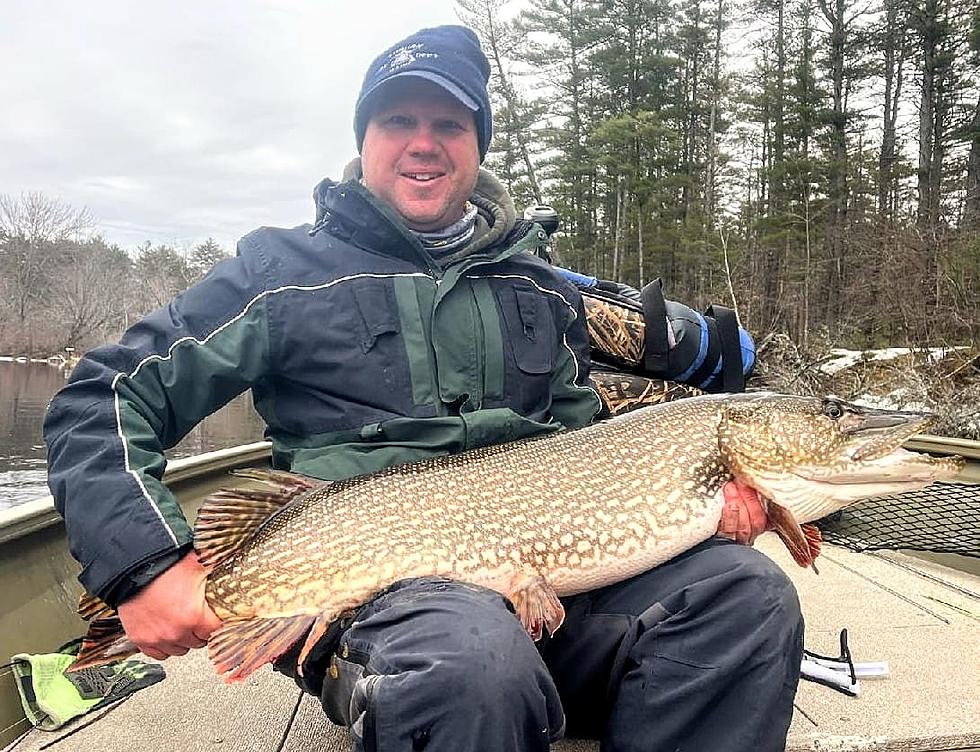
You Can Fish in Maine Without a License Right Now
There has been all kind of changes to laws because of the coronavirus. Tax-filing and car registration deadlines have been extended.
Portland won't even ticket you if your parking meter runs out!
The Department of Inland Fisheries and Wildlife has changed some requirements for a fishing license.
Good call! We hope you can get outdoors during this tough time and safely and responsibly enjoy all that Maine has to offer!
UPDATE TO MAINE'S FISHING SEASON AND LICENSE REQUIREMENT:
To encourage Mainers to enjoy their outdoor resources and to support a happy, healthy Maine, Governor Mills and Commissioner Camuso are enacting the following changes effective immediately:
Any person (except those whose license has been suspended or revoked) may fish without a license through April 30, 2020. This change does not apply to activities which require a commercial freshwater fishing license or permit.
All inland waters that traditionally open to open water fishing on April 1 will now be open to open water fishing effective immediately. This change does not open any body of water to ice fishing that is currently closed to ice fishing
All other tackle, length and bag limits and special regulations still apply. Visit mefishwildlife.com/fishinglaws for more information.
Visit mefishwildlife.com/covid19 for additional MDIFW updates related to COVID-19
IMPORTANT SAFETY REMINDERS:
Remember, Maine’s inland waters are very cold this time of year. It is recommended that paddlers wear dry suits when water temps are less than 50 degrees Fahrenheit, or wet suit when temps are between 50 and 60 degrees.
Be sure to wear a lifejacket on or near the water this time of year. Statistics show that most people who unexpectedly fall from a watercraft without a lifejacket will die. If you think you have enough time to get to your life jacket before a crash or incident, think again.
If you are going to be heading out onto frozen waterbodies please continue to use extreme caution. Accessing lakes and ponds should be avoided unless you can be certain of ice conditions by checking ice thickness.
Before stepping out, use a chisel or auger to test ice thickness in several places. Remember that ice seldom freezes uniformly and conditions are always changing and can vary from one location to the next. Ice that forms overflowing water and currents, especially near streams, bridges, and culverts, can be particularly dangerous.
More From









